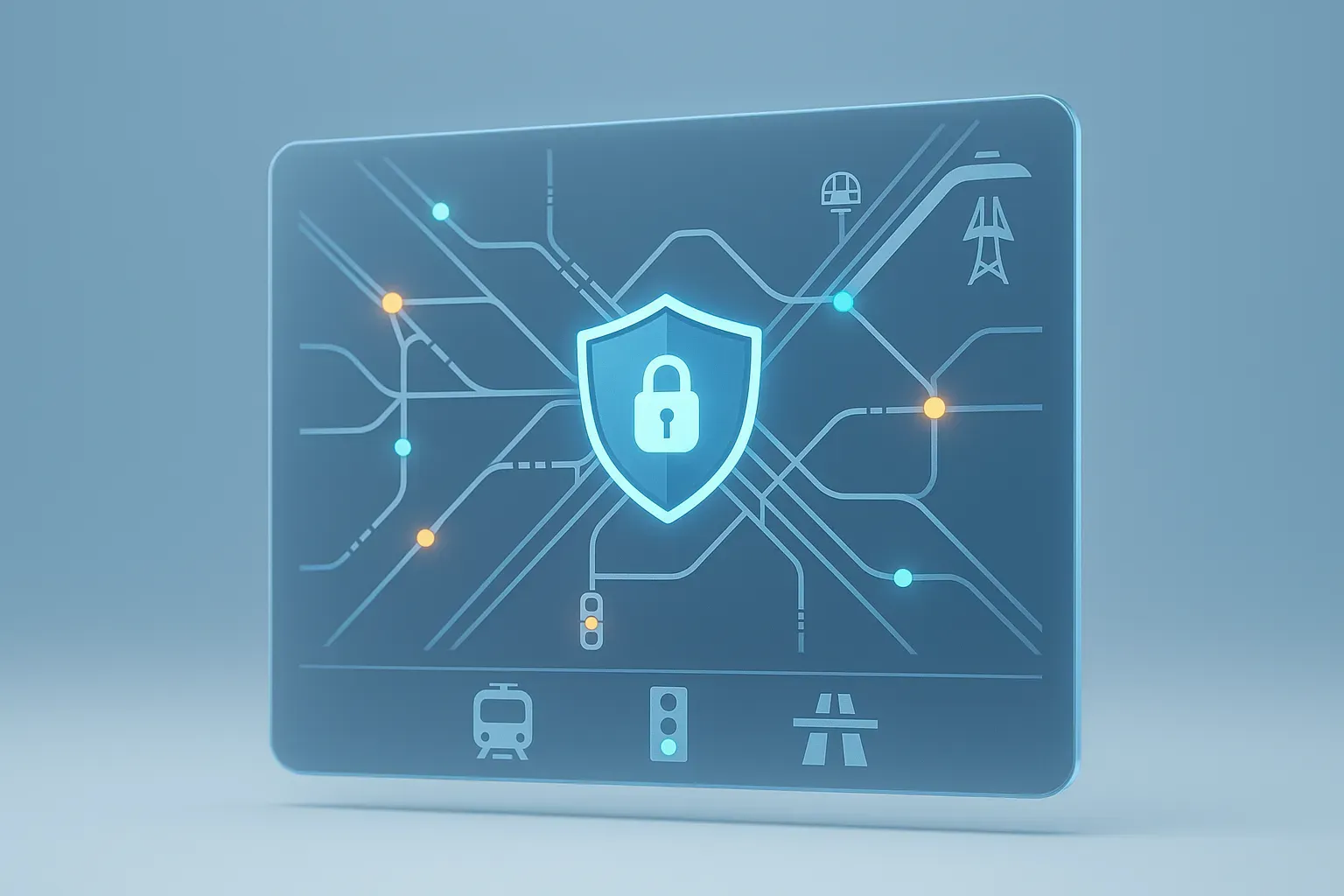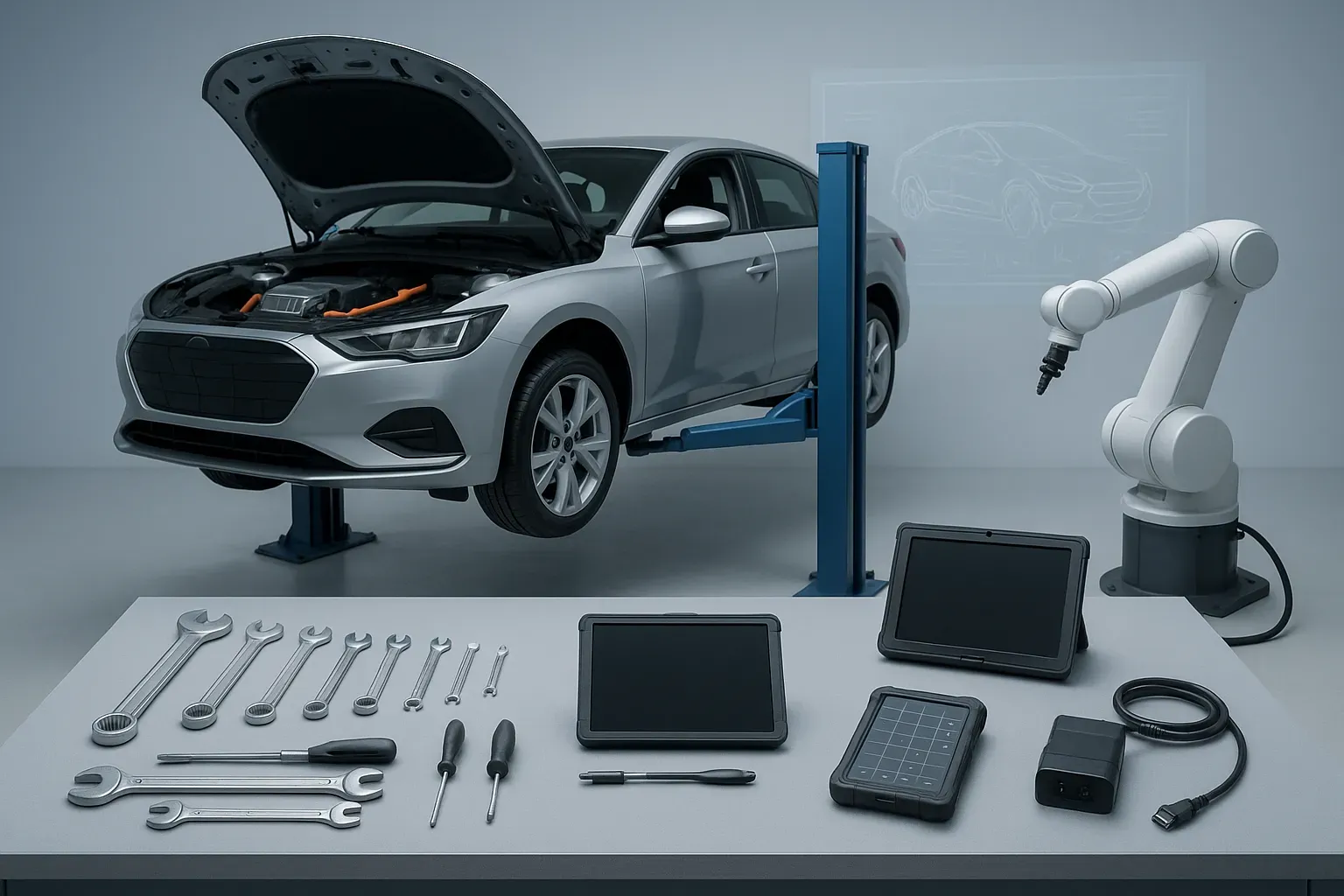Smart infrastructure security demands rigorous protection strategies across multiple domains, as confirmed by leading cybersecurity experts. Modern connected systems require comprehensive safeguards including AI-based threat detection, authenticated device-to-cloud communication, and aligned IT/OT governance approaches. Building security from initial design while treating smart infrastructure as safety-critical creates systems that protect critical operations throughout their lifecycle.
- Treat Smart Infrastructure as Safety-Critical
- Design Systems Secure by Default
- Align IT and OT Governance
- Focus on People, Process, and Technology
- Implement AI-Based Threat Detection
- Protect Device-to-Cloud Communication with Authentication
- Build Security From Initial Design
- Secure Supply Chain of Networked Devices
Treat Smart Infrastructure as Safety-Critical
One key consideration would be to treat smart infrastructure as safety-critical. Your top risks aren’t just data loss—they’re loss of view and loss of control. Design so a cyber issue can’t cascade into a physical incident. That means separating the “thinking” (IT) from the “doing” (OT/field devices), and assuming many devices can’t be patched quickly. Build security around them, not through them.
What works in practice that delivers security while aligning with business objectives:
Hard segmentation and allow-listing: Flat networks are the enemy of security as these networks are an open invitation for lateral movement and escalations. Put PLCs/RTUs behind deny-by-default firewalls, break protocols at a gateway, and only open the exact ports to exact assets. Use data diodes/one-way gateways where readings go out but commands can’t come in.
Remote access you can trust: Do not allow shared vendor VPNs. Use a jump host (or bastion host) with MFA, just-in-time access, session recording, and time-boxed approvals. Turn access off by default and explicit basis allows keeping minimal attack surface.
Safe failure: Every critical process needs a manual fallback and a tested “island mode” if cloud links die. Keep offline, versioned backups of controller configs and a printed recovery playbook in the control room.
Monitor without breaking things: Passive network monitoring for ICS/OT protocols (no active scans), baseline normal talk, alert on anomalies (unexpected writes, new devices) would help you keep a tab on ongoing mode.
Change control: Maintenance windows, pre-deployment lab tests, and a rollback plan are necessary to handle surprises. Don’t let urgent IT patches bypass OT safety checks.
Apart from technical controls, mitigate this issue at procurement level too. You should require SBOMs, signed firmware, and vendor SLAs for vulnerability disclosure and fixes. Finally, run short tabletops on “loss of control” scenarios and measure outcomes (time to isolate, time to manual mode, time to restore). Safety drives design; security keeps it that way.

Design Systems Secure by Default
One of the most important considerations for securing smart infrastructure is designing systems to be “secure by default,” not just secure when configured correctly.
In practice, that means systems should ship with unnecessary services disabled, strong authentication in place, and secure communication protocols enabled from the start. Too often, connected infrastructure components still arrive with default passwords, open ports, or undocumented services, creating opportunities for attackers before the system is even fully deployed.
But “secure by default” has to go hand-in-hand with “secure by design.” That includes making security part of the development lifecycle: from secure coding practices and threat modeling, to selecting trusted components and verifying what’s actually running on the device. Just analyzing source code isn’t enough. The final firmware or binaries often include third-party elements, build-time changes, or statically linked libraries that won’t show up in a package manifest or inaccurate SBOM but still introduce risk.
Mitigating these risks means taking a layered approach. That includes:
– Shifting security left into development practices,
– Shifting right into runtime and post-build analysis,
– And staying transparent with accurate SBOMs and vulnerability data across the entire supply chain.
Ultimately, security isn’t just a feature; it’s a responsibility. Especially in smart infrastructure, where the stakes are high, the goal should be systems that are resilient, trustworthy, and secure before they ever connect to the network.

Align IT and OT Governance
One key consideration for ensuring the cybersecurity of smart infrastructure systems is governance alignment between operational technology (OT) and information technology (IT). Smart infrastructure connects physical systems, like energy grids, transportation, and water networks, to digital platforms that collect and analyze data in real time.
Take Arizona Public Service’s (APS) smart meters as an example. They automatically transmit electricity usage data to optimize grid performance and improve service reliability. It’s a clear example of how digital connectivity enhances efficiency, but also expands the potential attack surface if not properly secured.
To mitigate these risks, organizations must integrate cybersecurity into every layer of their infrastructure. That starts with unified governance: ensuring IT and OT teams share visibility, risk assessments, and response protocols. Additional safeguards include:
-Network segmentation to isolate operational systems.
-Zero-trust frameworks to verify every connection.
-Continuous monitoring and anomaly detection for early threat identification.
-Vendor security clauses requiring encryption, timely patching, and incident notification.
Ultimately, cybersecurity for smart infrastructure is less about preventing every intrusion and more about ensuring resilience, maintaining continuity even when systems are tested.
At The Technology Law Group, an Arizona-based firm specializing in data privacy, cybersecurity, and AI governance, we stress that protecting smart systems requires not just strong technology but coordinated oversight, risk-based planning, and sustained cross-functional accountability.

Focus on People, Process, and Technology
People-wise: Have a great security training program.
Process-wise: Build (or outsource) a great security audit/assessment program.
Technology-wise: Measure and mitigate all End-of-Life/End-of-Service software and hardware in this system.

Implement AI-Based Threat Detection
One important element in cybersecurity for smart infrastructure systems concerns AI-BASED THREAT DETECTION and RESILIENCE ENGINEERING. As they increasingly use networks of sensors and interconnected AI models to operate: from traffic and energy optimization to energy grids, the attack surface grows MASSIVELY.
AI pipelines themselves are also vulnerable to cyber threats, such as poisoning training data or corrupting sensor inputs to elicit invalid outputs. Preventing such an attack from occurring demands a defense-in-depth approach that blends common cybersecurity tools with AI-native protections (such as anomaly detection models trained on network behavior to identify unusual activity).
To reduce the threat, firms must build “trust boundaries” around AI systems to separate high-value control infrastructures from non-essential data flows; and check every decision an AI system makes with “deterministic verification and checks.”

Protect Device-to-Cloud Communication with Authentication
The protection of device-to-cloud communication represents a fundamental requirement for system security. The distributed nature of smart infrastructure sensors and controllers creates multiple entry points for potential attackers to exploit. The lack of proper authentication and encryption between devices and backend systems creates an entry point for attackers to perform spoofing and data manipulation attacks.
The system uses mutual TLS for device authentication and MQTT over secure channels for communication to prevent attacks. The public utility deployment integrated mutual TLS authentication with MQTT secure channels and cloud backend role-based access control and firmware signing for tamper prevention. The essential requirement for secure operations involves performing all fundamental security measures correctly during each operation.

Build Security From Initial Design
The key to securing the system is to have security designed into it right from the very beginning and not layered on afterward. Smart infrastructure connects a plethora of devices and data streams, so every node becomes a potential entry point. With that, a zero trust architecture should be followed, wherein every connection must be verified, communication must be encrypted, and firmware must be updated regularly. Cybersecurity should be part of the design language and not just relegated to IT maintenance.

Secure Supply Chain of Networked Devices
The most significant weakness in smart infrastructure exists in the unsecured supply chain of numerous networked devices rather than advanced zero-day exploits. The central network ‘brain’ receives extensive security funding but the thousands of sensor ‘nerve endings’ from multiple vendors remain unsecured despite their potential to function as backdoors. The implementation of zero-trust principles with SBOM verification and firmware cryptographic validation for all vendors should become mandatory before any device connects to the grid.









